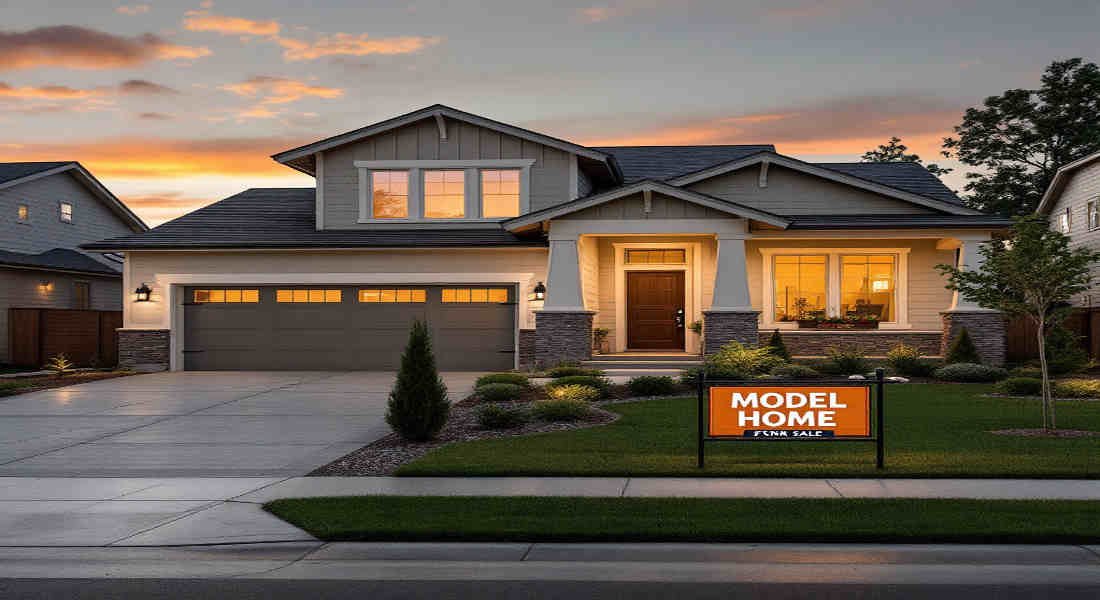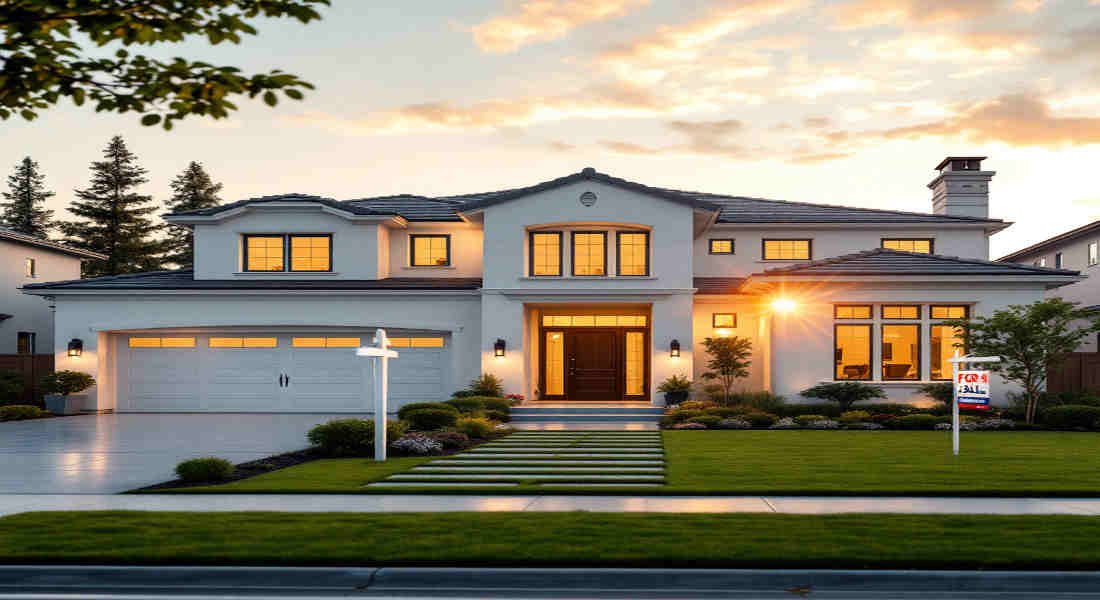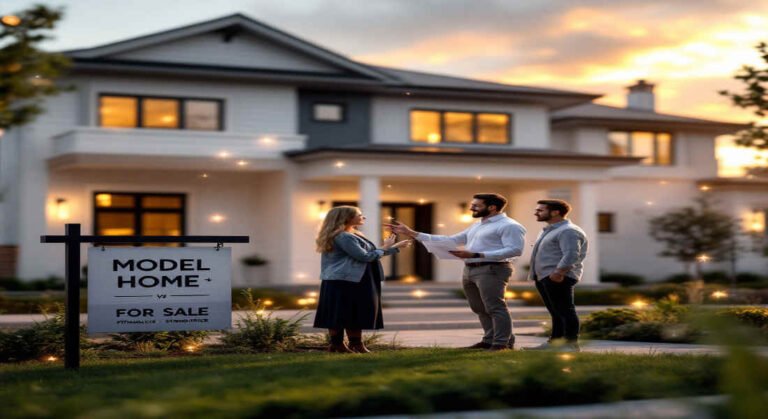Understanding model home valuation trends is essential for buyers, sellers, and real estate professionals navigating today’s dynamic property market. As technology and big data revolutionize appraisal methods—through automated valuation models (AVMs), machine learning, and predictive analytics—the ability to accurately assess home values has become more sophisticated and more accessible. However, market conditions, regional variations, and shifting economic factors shape valuation outcomes uniquely, making it crucial to analyze current trends and forecast future directions for model home values. This introduction sets the stage for a deeper exploration of the forces driving modern home valuation and what stakeholders can expect in the evolving real estate landscape.
Factors that Influence Model Home Valuation
Several key factors come into play when it comes to model home valuation. First, the design and layout significantly impact its appeal. Open floor plans and modern aesthetics attract buyers more than outdated configurations.
Quality of construction materials matters, too. Homes built with durable, high-end finishes often fetch higher prices than those using lower-quality options. Energy-efficient features are increasingly sought after, and properties that boast sustainable technologies can see a boost in value.
Market conditions also play a vital role. Model homes may sell for premium prices in a competitive market with limited inventory. Conversely, an oversaturated market could lead to downward pressure on valuations.
The reputation of the builder cannot be overlooked. Established builders with positive reviews instill confidence in potential buyers and can elevate home values considerably.
Current Trends in the Model Home Market
The model home market is experiencing a surge in demand, driven by innovative design and eco-friendly features. Buyers are increasingly drawn to homes that showcase sustainable materials and energy-efficient appliances.
Technology integration is also reshaping this landscape. Smart home systems are now standard in many models, appealing to tech-savvy buyers looking for convenience and security. Features like smart thermostats and advanced lighting solutions are not just trends; they’re becoming essential selling points.
Many builders now allow potential homeowners to personalize their spaces, significantly enhancing perceived value. This flexibility caters to diverse tastes while creating a deeper emotional connection with the property.
Open floor plans continue to dominate buyers’ preferences. These layouts foster a sense of community within the home, making them attractive for families or those who entertain frequently.
You may also read (do you pay sales tax on a used mobile home).
The Impact of Location on Model Home Value
Location plays a crucial role in determining the value of model homes. Proximity to quality schools, shopping centers, and recreational areas can significantly enhance appeal. Buyers often prioritize neighborhoods that offer convenience and access to essential services.
Urban settings typically draw higher prices due to the demand for housing close to workplaces and entertainment options. In contrast, rural or suburban locations may attract buyers looking for space but might not command premium pricing.
A planned park or new public transport link can elevate interest levels quickly.
Safety is another factor; areas with low crime rates tend to see higher valuations as families seek secure environments for their children.
Understanding how these elements interact helps sellers position their properties more effectively. Each aspect contributes uniquely to shaping potential buyers’ perceptions of worth.
How to Increase the Value of Your Model Home
Enhancing the value of your model home can be achieved through several strategic upgrades. Start with curb appeal. Fresh paint, well-maintained landscaping, and inviting entryways create a lasting first impression.
Interior updates also play a crucial role. Consider modernizing fixtures and appliances in the kitchen or bathroom. These areas often have a significant impact on buyer interest.
Don’t overlook energy efficiency improvements either. Investing in insulation, energy-efficient windows, or smart home technology can attract environmentally conscious buyers while reducing utility costs.
Staging your model home effectively allows potential buyers to envision themselves living there. Use neutral colors and minimal decor to appeal to a broader audience.
Stay informed about local market trends. This knowledge will help you set competitive pricing that reflects the home’s enhanced value while aligning it with current buyer expectations.
You may also read (do you pay taxes on manufactured homes).
Common Mistakes in Valuing a Model Home
Valuing a model home can be complex, and several common mistakes often occur. One prevalent error is overlooking the unique features of the model home itself. Many buyers focus solely on square footage or general neighborhood trends without considering upgrades or finishes that may enhance value.
The real estate market can change rapidly, and prices can shift based on demand in your area. Ignoring these changes could lead to an inaccurate valuation
Some homeowners also underestimate the importance of comparable sales in their locality. Relying too heavily on national averages instead of local data can skew perceptions about actual value.
A well-maintained property will always fetch a better price than one with visible signs of wear and tear.
Avoiding these pitfalls requires careful research and consideration. Understanding what influences model home valuations ensures you are better equipped to navigate this evolving market successfully.
You may also read (do prefab homes really depreciate in value).
